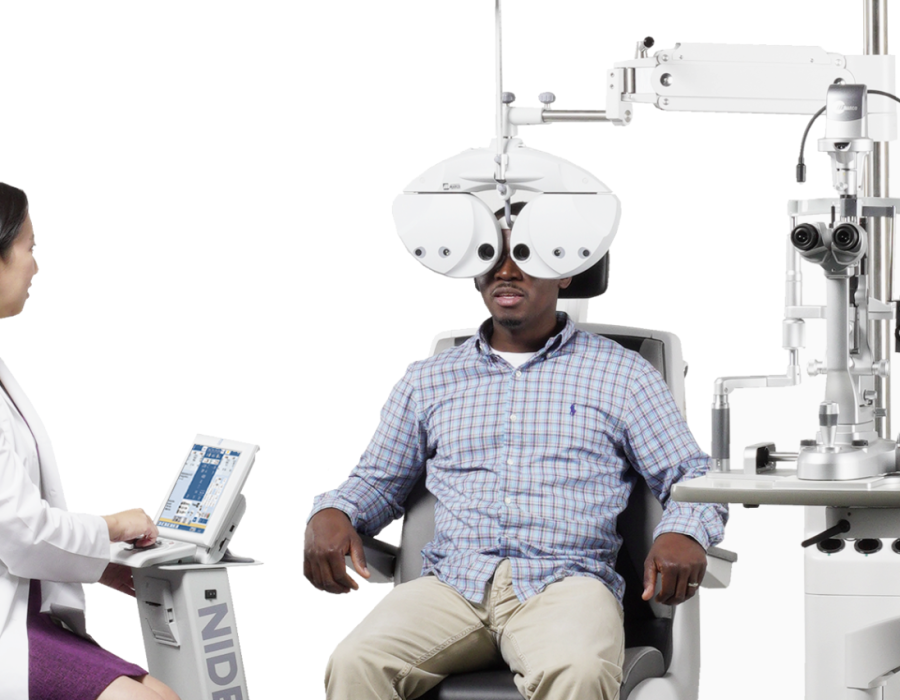Starting or upgrading an optometry practice requires careful selection of equipment to ensure quality patient care and efficient operations. With the rise of online shopping, purchasing optometry equipment for sale has become more accessible, but it’s crucial to follow a comprehensive checklist to make informed decisions. Whether you're setting up a new practice or expanding your current one, knowing what to look for guarantees you get the best value and reliable tools.
1. Determine Your Practice Needs
Before exploring optometry equipment for sale online, clearly define what your practice requires. Consider the scope of services you intend to offer-vision testing, contact lens fitting, diagnostic imaging, or specialized treatment. This allows one to consider necessary equipment like autorefractors, slit lamps, retinoscopes, phoropters, and tonometers. Defining the equipment requirements ensures that your specific practice and its size will have the appropriate type of equipment for its patient demographics.
2. Check for Quality and Certification of Equipment
Quality and certification should always come before anything else when you look for Optometry practice to buy from the internet. Check to ensure that the equipment is in accordance with the industry standards and is certified-for example, FDA approval or CE mark. Genuine and certified equipment means accuracy, safety, and longevity, which are paramount in making a diagnosis and patient safety. Always ask for detailed specifications and certification documents from the sellers to ascertain the authenticity of the equipment.
3. Check the Reputation and Reliability of Suppliers
Always go for suppliers reputed in the market with positive reviews and an established profile. Usually, the suppliers with reliability also give warranties and after-sales services and respond quickly to customer queries. Check for feedback of other optometrists who have bought from these suppliers and confirm their return policies as well. A well-established supplier will reduce the risks of receiving counterfeit or substandard equipment and ensure the high-grade tools for your purchase.
4. Compare Prices and Promotions
Although it is a huge factor, it should not be the deciding factor. If you are doing your optometry equipment shopping online, remember to check prices across platforms and keep an eye out for discounts or bundled deals available. Sometimes, packages of bundled equipment would be cheaper while providing basic requirements for practices. Avoid those ridiculously cheap options that might get you compromised on quality: good quality durable equipment will save you some dollars down the road.
5. Check After-Sales Support and Warranty
Optometry equipment for sale online often comes with warranty coverage. Confirm the length and scope of warranty, and inquire about after-sales support, including maintenance, repairs, and technical assistance. A good warranty and support system protect your investment and minimize downtime.
6. Check Delivery and Installation
Make sure they have reliable arrangements for delivery of the items to at least packaging- and shipping-wise, in a timely fashion. They would probably have set-up, calibration, and training thrown in with it too — wonders for complex testing applications. If not, you should at least do your homework beforehand so you don't get stuck, and the equipment can be put to use immediately!
7. Review Technical Specifications and Characteristics
Like specifications, consider all other aspects regarding measurement accuracy, user interface, and ease of combining with other devices. New optometry equipment may have digital features and connectivity for easy, smooth data transfer, and upkeep. Interface, ease of use, and feature set should all contribute to a smooth workflow and greater diagnostic precision.






Comments